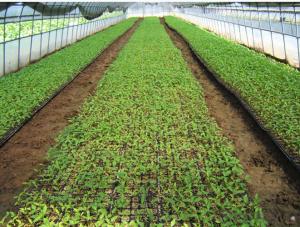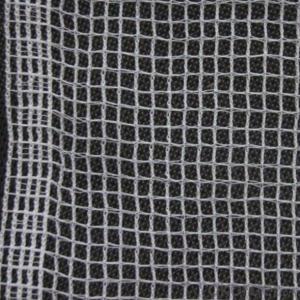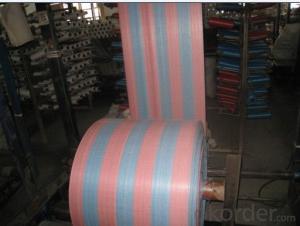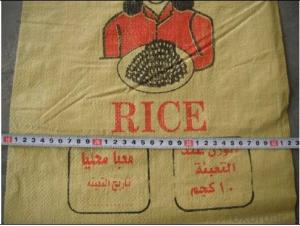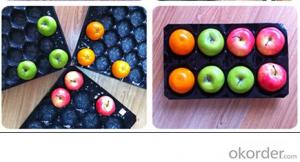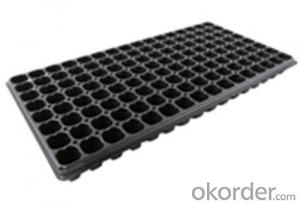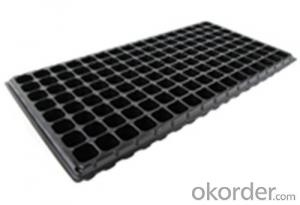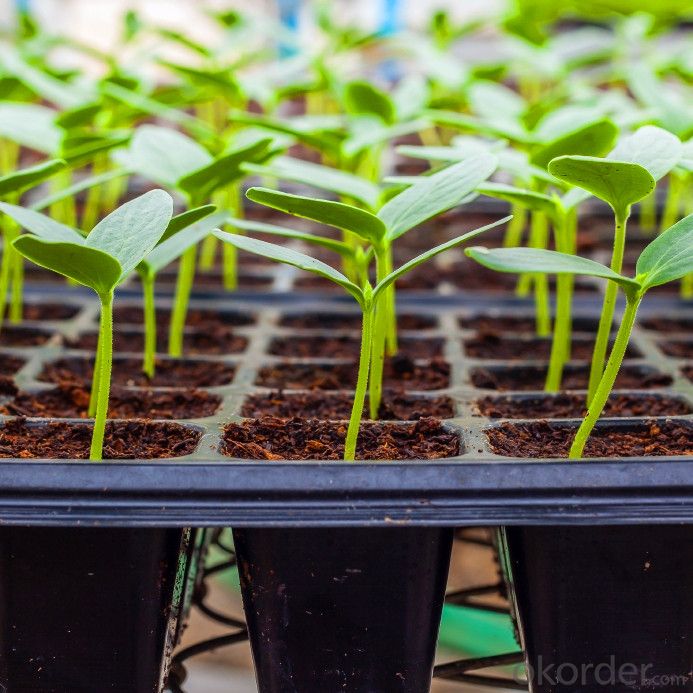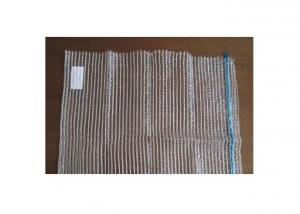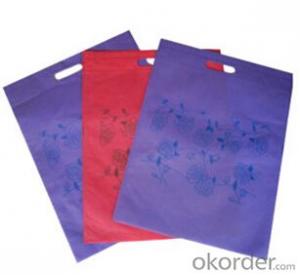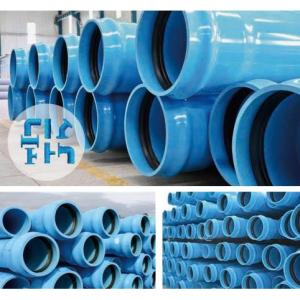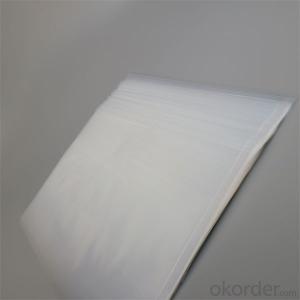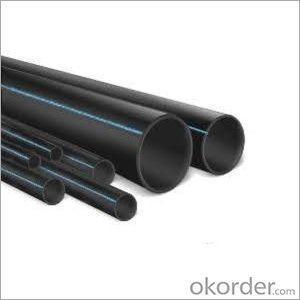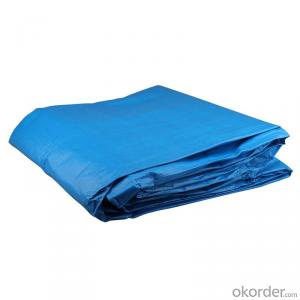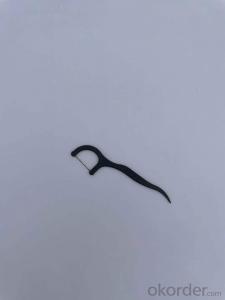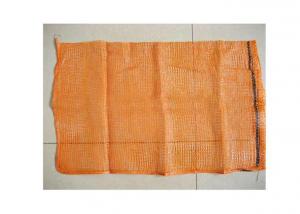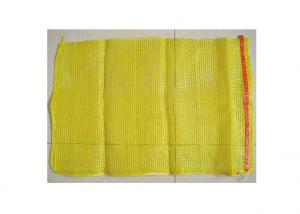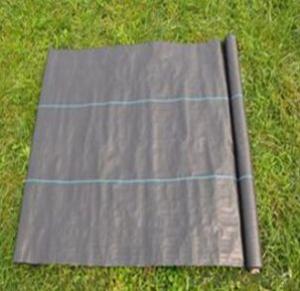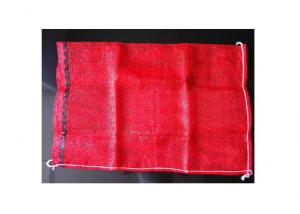Hydroponic Seedling Planting Plastic Seeding Tray for Greenhouse
- Loading Port:
- China main port
- Payment Terms:
- TT OR LC
- Min Order Qty:
- 1000 pc
- Supply Capability:
- 10000000 pc/month
OKorder Service Pledge
OKorder Financial Service
You Might Also Like
Structure of the seed tray: · Top quality and competitive price. · Variety design and good appearance. · Easy to use, and remove. · Durable and reusable. · Eco-Friendly.
Advantages: · Top quality and competitive price. · Variety design and good appearance. · Easy to use, and remove. · Durable and reusable. · Eco-Friendly.
Application: · Ideal for Starting seeds and Transplanting Seedling. · Suitable for both manual and automatic planting. · Suitable for Propagating Vegetables, Flowers and other plant from seed · in green-house or indoors.
Description Main Features of the seed tray: · Ideal for Starting seeds and Transplanting Seedling. · Suitable for both manual and automatic planting. · Suitable for Propagating Vegetables, Flowers and other plant from seed in green-house or indoors. Using time: · thickness of 0.5mm can be used 1 to 2 times. · thickness of 0.6mm can be used 3 to 4 times. · thickness of 0.7mm can be used 5 to 6 times. · thickness of 0.8mm can be used 7 to 8 times. · thickness of 0.9mm can be used 8 to 9 times. · thickness of 1.0mm can be used 8 to 10 times. Thickness vs. Weight: · Thickness of trays are from 0.5mm to 1.0mm. · 1.0mm: 155g±5g; 100pcs/ctn. · 0.9mm: 140g±5g; 120pcs/ctn. · 0.7mm: 110g±5g; 150pcs/ctn. · 0.6mm: 95g±5g; 180pcs/ctn. · 0.5mm: 80g±5g; 200pcs/ctn.
Seed Tray Specification: Materialps/pvcThickness0.5mm-1.5mm, standard:1mmWeight80g(±5)g-230g(±5)g, Standard weight:155g(±5)gSizelength:490mm-540mm, width:190mm-345mm,depth:25mm-150mm Standard:54mmX28mmCell count18-512Packagein cartonUsing time8-10 times
FAQ: Q:How Can I Get A Sample? A:You can get samples by communicate with our export sales. Q:How Long Is Delivery? A:Delivery time will be 7-25 days according to order quantity. Q:What Is The MOQ? A:Our MOQ is 1*20FT container quantity, allow to mix several items. Q:What Is Our Normal Payments Terms? A:Our normal payment terms now is T/T, L/C or Western Union,Papal. Q:How Do I Order Your Products? A:You can check our website for any items you interest and you can also get communication with our export sales and order for it accordingly. Q:What Kinds Of Material We Use In Our Product? A:Our plastic flower pots use material such as PP polymer or PE polymer.
|
- Q:Are there any ground cover plants that are suitable for moist shade?
- Yes, there are several ground cover plants that are suitable for moist shade. Some examples include ferns, hostas, lily of the valley, ajuga, and creeping myrtle. These plants thrive in areas with limited sunlight and damp soil conditions, making them perfect choices for moist shade areas in gardens or landscapes.
- Q:My brother thinks he was shocked, but the thing he touched was plastic. Could the plastic have conducted electricity?
- Does Plastic Conduct Electricity
- Q:I asked why after I eat asparagus my pee smells like plastic. In response I found these chemicals cause the oder; (CH2=CHC(=O)SCH3) or (CH3SCH2CH2C(=O)SCH3). Are these compounds found in kinds of plastic?
- very confusing aspect. try searching onto the search engines. it will help!
- Q:I'm 13 years old and I want to be a plastic reconstructive surgeon when i grow up. I know that Harvard is a great college for plastic surgery but that's pretty darn far away from where i live. what are some other colleges for plastic reconstructive surgery? also how many years would you need to go to college for something like that and how much do plastic surgeons get paid?
- I applaud you for having a career in mind at such a young age. For now, you'll want to focus heavily on your high school grades, especially your math sciences/biology chemistry. You will need to enroll in a pre-med program initially at a 4 year college. From there, you will need to complete anadditionall 4 years at medical school. After that, you'll need to complete a residency program and learn the specialty of plastic reconstructive surgery. That could take an additional 2 years. You will also need to take all of your medical state board licensing and examinations, and pass them! Then additional exams for plastic surgery. So you are looking at a MINIMUM of 10 years past high school in regard to continued education. As far as the right college for you, there are so many factors that tie into that decision. And that is a decision that is best made between you, your parents, and assistance from your school guidance counselor. Hope this helps!
- Q:Can agricultural plastic products be used for livestock water troughs?
- Yes, agricultural plastic products can be used for livestock water troughs. Agricultural plastic materials such as polyethylene or polypropylene are commonly used for making durable and waterproof water troughs for livestock. These plastic troughs are resistant to weather conditions, easy to clean, and can withstand the weight and activity of the animals. They are a cost-effective and practical solution for providing water to livestock in agricultural settings.
- Q:Can agricultural plastic products be used for crop storage?
- Yes, agricultural plastic products can be used for crop storage. Agricultural plastic products such as silage bags, crates, and bins are commonly used for storing crops like grains, fruits, and vegetables. These plastic products provide a protective barrier against moisture, pests, and other environmental factors that can spoil the crops. They are durable, lightweight, and easy to handle, making them suitable for long-term storage of agricultural produce.
- Q:How do you prevent algae growth in nursery trays?
- There are several ways to prevent algae growth in nursery trays. One effective method is to ensure proper drainage in the trays, allowing excess water to flow out and reducing the moisture levels that algae thrive in. Additionally, providing adequate air circulation and avoiding overcrowding of plants in the trays can help prevent algae growth. Regularly cleaning the trays and removing any debris or organic matter that can serve as a nutrient source for algae is also important. Finally, avoiding overwatering and using a sterile growing medium can further inhibit algae growth in nursery trays.
- Q:How do I incorporate ground cover into a xeriscape design?
- To incorporate ground cover into a xeriscape design, consider using low-growing, drought-tolerant plants that can thrive in arid conditions. Choose varieties that spread quickly, such as creeping thyme or ice plant, to effectively cover the ground and prevent weed growth. Prioritize native species, as they are well-adapted to the local climate and require less water. Additionally, make sure to prepare the soil properly by adding organic matter and mulch to improve water retention. Regularly monitor and adjust irrigation to ensure the ground cover receives adequate moisture without excessive usage.
- Q:How do you choose ground cover that tolerates acidic soil?
- When choosing ground cover for acidic soil, it is important to look for plants that thrive in such conditions. Some factors to consider include selecting species known for their tolerance to acidic soil, such as heathers, ferns, azaleas, and rhododendrons. Additionally, it is advisable to test the soil's pH level to ensure accuracy and make informed decisions about the ground cover selection.
- Q:Can ground cover be used to create a butterfly garden?
- Yes, ground cover can definitely be used to create a butterfly garden. Ground cover plants like low-growing flowers, herbs, and shrubs can provide food, shelter, and nesting sites for butterflies. They also help create a diverse and attractive habitat that attracts a variety of butterfly species. Additionally, ground cover plants can help control soil erosion, retain moisture, and suppress weed growth, making them a practical and beneficial choice for a butterfly garden.
1. Manufacturer Overview |
|
|---|---|
| Location | |
| Year Established | |
| Annual Output Value | |
| Main Markets | |
| Company Certifications | |
2. Manufacturer Certificates |
|
|---|---|
| a) Certification Name | |
| Range | |
| Reference | |
| Validity Period | |
3. Manufacturer Capability |
|
|---|---|
| a)Trade Capacity | |
| Nearest Port | |
| Export Percentage | |
| No.of Employees in Trade Department | |
| Language Spoken: | |
| b)Factory Information | |
| Factory Size: | |
| No. of Production Lines | |
| Contract Manufacturing | |
| Product Price Range | |
Send your message to us
Hydroponic Seedling Planting Plastic Seeding Tray for Greenhouse
- Loading Port:
- China main port
- Payment Terms:
- TT OR LC
- Min Order Qty:
- 1000 pc
- Supply Capability:
- 10000000 pc/month
OKorder Service Pledge
OKorder Financial Service
Similar products
New products
Hot products
Related keywords



